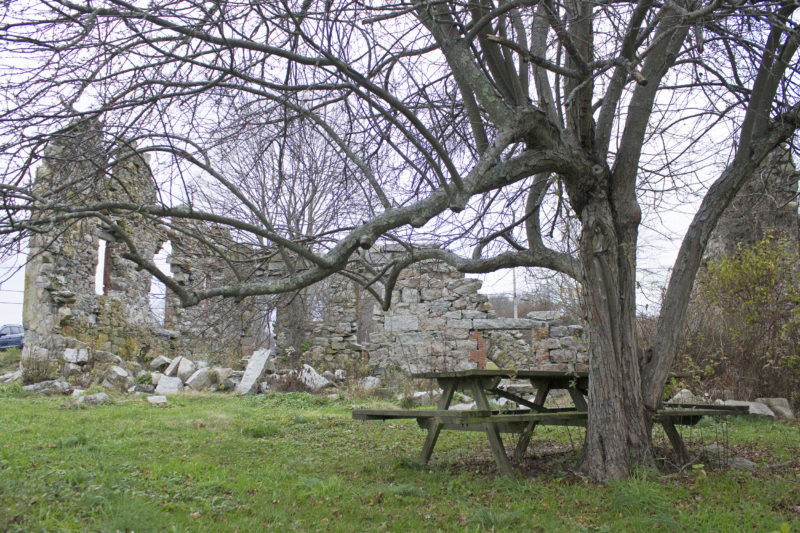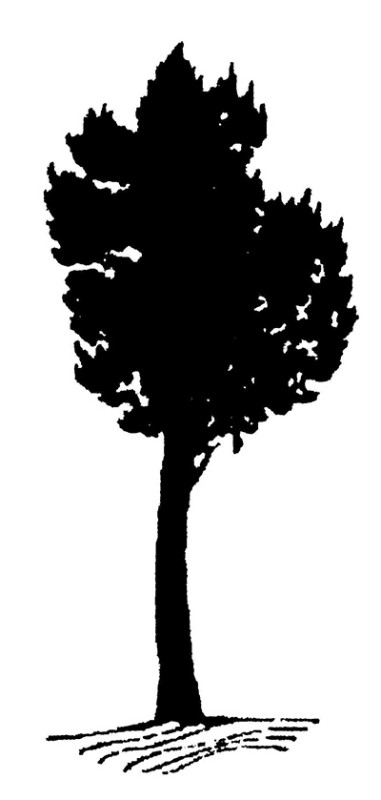White’s Factory
Step back in time at White’s Factory, the ruins of a former cotton and saw mill along the edge of the freshwater Acushnet River. These stone walls have stood for over 200 years at this former hotspot of local industry. Today, this conserved property protects clean water and river habitat for migratory fish.
Features

Bring along a picnic to have lunch beside a piece of history at White’s Factory.
White’s Factory is named for William White Sr., who first built a water-powered cotton mill on this site in 1799. The mill, which one of the first cotton-spinning mills in the nation, provided most of the jobs in Acushnet outside of farming. It remained in operation until 1854, when it was converted to a saw mill that ran into the 20th century.
After it was abandoned, the former mill became covered in plant growth until volunteers restored the ruins in 2008. Today, the walls and water wheel arches of White’s Factory are a popular draw for photographers, who love to use these ancient-looking stones as a backdrop for portraits or simply contrast them against the dramatic open sky beyond. If you’re exploring the ruins, take care around its old stone walls; they are unsupported and could collapse if climbed or pushed on.
Two acres protected by the Fairhaven-Acushnet Land Trust stretch behind White’s Factory. Picnic tables are located behind the ruins and down by the riverbank. Take a few hours here and add in a walk through the meadow and woods at neighboring Hamlin Crossing, directly on the other side of the river.
Habitats & Wildlife
White’s Factory sits at the edge of the freshwater Acushnet River, which flows along the eastern border of the property on its way south to New Bedford Harbor and Buzzards Bay. Waterfowl stop over on the river and neighboring wetlands to rest their wings, while migratory fish like river herring and American eels swim beneath the surface. These species use the nature-like fishway here to migrate upstream – all the way from the Bay to the river’s headwaters at the New Bedford Reservoir.
Together, White’s Factory and nearby protected public properties like Hamlin Crossing, The Sawmill, LaPalme Farm, and P.J. Keating Woods are forming a “greenbelt” along the Acushnet River. This corridor of conservation and recreation lands helps protect clean water and endangered habitats like wetlands.

